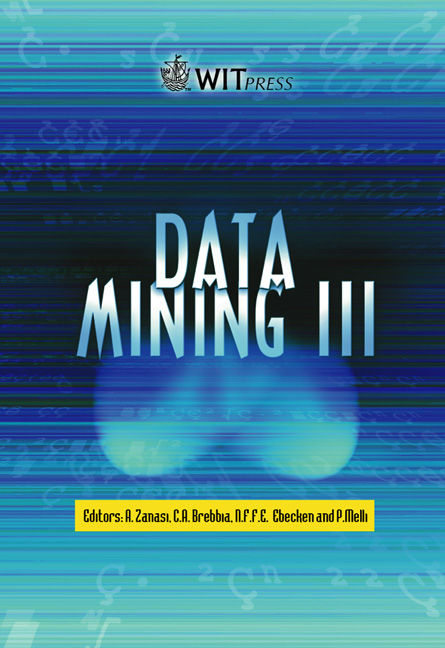Data Mining For Image Analysis: In-line Particle Monitoring In Polymer Extrusion
Price
Free (open access)
Volume
28
Pages
Published
2002
Size
654 kb
Paper DOI
10.2495/DATA020831
Copyright
WIT Press
Author(s)
K Torabi, L D Ing, S Sayad & S T Balke
Abstract
The objective of this study is to demonstrate how data mining techniques are being combined with image analysis methods to develop an automated particle monitoring system. A new optical monitor provides images of contaminant particles in molten plastic flowing through processing equipment. The product, plastic film, is extremely intolerant of particle contaminants: even very low concentrations of particles may cause packaging film defects. Thus, this initial work was aimed at developing the ability to automatically distinguish between images containing detectable contaminant particles from those that do not. A total of approximately six thousand images was obtained from the in-line monitoring of three different lots of low-density polyethylene during processing in a 3.8 cm. diameter single screw extruder. Several different data mining techniques including One-R, Decision Tree, Bayesian and k-Nearest Neighbour classifiers were applied to image datasets and the overall success rates were as high as 99.9% for some models. The Decision Tree method (C4.5) was the most accurate technique for the image classification, and the Bayesian classifier showed the minimum false negative prediction. Selection of threshold grey level was critical. Two new automated image thresholding techniques were developed and assessed. 1 Introduction A recently developed in-line optical system, called the \“Scanning Particle Monitor” or \“SPM’, supplies images of particles as small as 10 microns in a flowing polymer melt at any point across the flow stream during extrusion
Keywords





